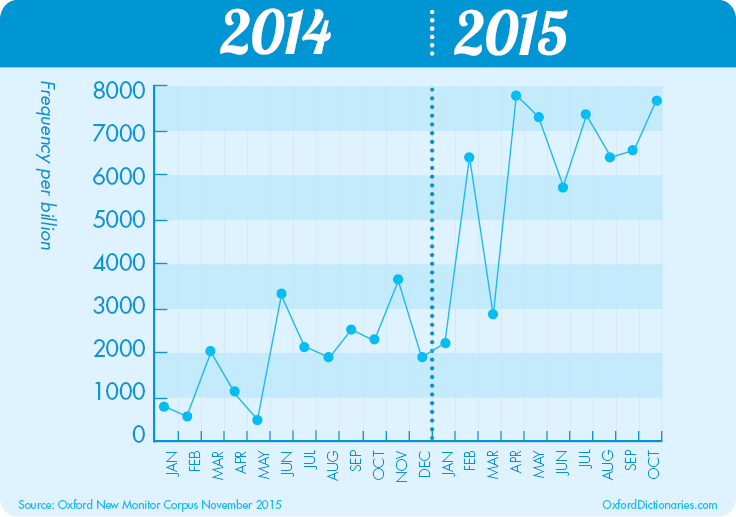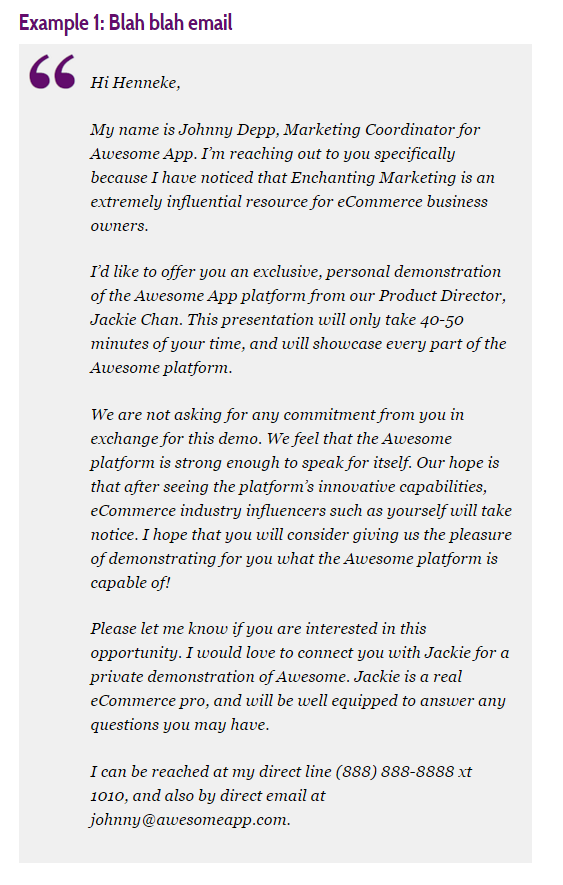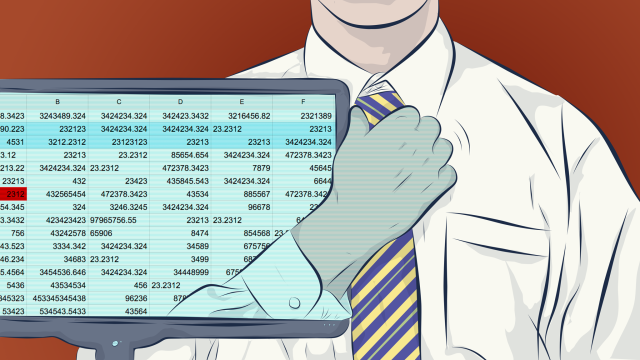It’s easy to forget manners when you’re all alone. From showing up late to meetings and forgetting simple things like “please” and “thank you”, otherwise polite and well-behaved humans can come off as complete jerks in the absence of face-to-face contact. Isolation is the culprit, but you don’t have to fall prey.
Art by Sam Woolley.
As we’ve said before: “Being physically removed from your coworkers can make communicating that much stranger.” To be honest, “stranger” is probably too polite a word. After all, you don’t have to be in marketing or managing brand-level social media to make a career-crashing mistake.
Since 2005, remote working has grown by 103 per cent in the US alone. But the digital workplace is still a fairly new environment. Figuring out the rules, not to mention reminding yourself to follow them, can be tricky. Here are 10 professional rules for the digital workplace everyone should remember. Keep in mind though, the point of this list is to apply it to yourself. Nobody likes an etiquette cop, online or off.
Be on Time
Early is on time, and on time is late. That truism has guided professional etiquette for centuries, and online, punctuality is still the golden rule.
Sadly, digital meetings come with their own unique set of time-delay challenges. Firing up your device, opening the right program, making sure your mic and camera are working, closing background bandwidth hogs, bringing up your agenda along any other relevant material – they can all take you by surprise if you’re not prepared.
In addition to preparing, one more tip stands out: “Kill notifications.” Never underestimate how much a deceptive time-suck simply checking your email, texts, Facebook, Twitter and LinkedIn can be in the moments leading up to something that actually matters.
Even in the absence of notifications, it’s misleading to think you can log in and get things running one minute before a call starts. Instead, being “on time” means setting up at least 10 minutes before the scheduled start time of every meeting. Creating that buffer will ensure you don’t violate anyone else’s timeline with your own “technical difficulties”.
Get Personal
Memos and company-wide emails suck. With our already cluttered desks and inboxes, there’s no quicker way to get something dismissed as “not for me” than sending a lengthy document addressed to every single employee in the company or even every individual in your team.
While being direct, clear and short in your emails is a great starting point, truly getting personal means minimising text as much as possible. Instead, opt for visual and interactive content like pre-recorded video introductions whenever someone new joins a team, or has to use a new system.
Getting personal is especially crucial when it comes to emotionally charged conversations and giving negative feedback. Black-and-white mediums like email and chat apps are notorious for miscommunication and misunderstanding. Whenever you have to address touchy issues, select communication channels that get you as close to real life as possible.
Follow Through
Don’t make the mistake of thinking that just because you’re not face-to-face with the powers that be, you can shirk your commitments. Do what you say you’re going to do, when you say you’ll do it. As Robert Collier put it, “Success is the sum of small efforts, repeated day in and day out.”
Follow-through isn’t the sexiest trait in business, but it’s essential, and not just as a nonnegotiable ingredient of etiquette. Consistency, as Eric Holtzclaw explains in this article at Inc, allows for measurement, creates accountability, establishes your reputation and makes you relevant to others.
If for some reason you’re unable to complete your promised tasks on time, a quick email or (even better) a call to say there will be a delay is far better than forcing your colleagues to wait indefinitely while you’re MIA. Being someone your team can count on is invaluable, especially in remote working situations.
Establish Clear Expectations
Alongside plain old laziness, one of the main reasons follow-through is a problem with remote, digital workers is because people are often vague with their commitments or requests in the first place. Do not be the person who says, “Let’s look into that,” in an email thread or chat with five other colleagues.
This is where the Bystander Effect comes into play. When no one is singled out, no one takes responsibility. Whenever you’re in this position, keep these two truths at the front of your mind:
Everyone’s job is nobody’s job.
No due date means never due.
Just how important are clear expectations for healthy relationships? Interpersonally, the key to intimate, long-distance relationships lies in managing expectations. Happiness is “not necessarily [about] how far apart you are or how little you see your partners. It’s more about the discrepancy between your expectations for relationships and the reality of the current situation.”
Clear expectations mean assign tasks individually, settle on deliverables in writing and agree on deadlines from the outset.
Respond Regularly
The total number of global emails is currently 205.6 billion per day. Business emails account for 112.5 billion. At work alone, that translates into roughly 122 emails you have to deal with on a daily basis. While “Inbox Zero” may be out of reach for you, overload is no excuse to ignore the messages you get from your colleagues, especially when you’re a remote or digital worker.
For help, John Rampton’s blog suggests making folders or labels and parking email requests there until you are able to respond. It’s especially helpful for email requests you know you’re going to say “No” to. Jeff Weiner outlines seven ways to manage email so it doesn’t manage you; chief among them the no-nonsense hack, “If you want to receive less email, send less email.”
The key, however, to responding regularly is simply communicating your overload. There’s a huge difference between saying nothing; saying, “I’ll get to this later,” and saying, “I can’t get to this now, because … but, I’ll get back to you [specific day].”
If you can’t handle a request immediately, take a few seconds to reply and let your colleagues know.
Keep Everything in One Place
If you’ve ever had to search through a colleague’s physical files while they’re away, or worse, after they have resigned, you know it’s a pain. Digitally, the experience is just as excruciating.
This isn’t just about etiquette, it’s also about productivity, and it’s important you — and your team — use similar tools. Dropbox is fan favourite for storage, Slack is hands down my go-to communication app and Memit is a new web clipper that integrates directly with cloud storage so you can stick to the “one place” rule without losing the look and feel of tools like Evernote.
For simple online workflow management check outTrello and, for more complex jobs, Asana. Even better, dig into The Sticker Mule Guide to Asana to find out exactly how to make that platform work for your remote team’s needs. Whatever tools you end up selecting, remember: less is more.
Explain Why, or Why Not
Digital or in person, never underestimate the power of “because”.
A classic study conducted by a Harvard psychology professor revealed that people were 33 per cent more likely to oblige to someone using a photocopier before them when they gave a reason for the request. Shockingly, the power of “because” held strong even when the reason was redundant: “May I use the photocopier because I have to make copies?”
The takeaway is obvious: people are far more likely to understand, empathise and agree with you when you explain the reasons behind your actions.
In fact, next to “you” and addressing the question, “What’s in it for me?”, “because” is the second most persuasive word in the English language.
If you’re a subordinate, explaining why is the most respectful way to decline a request or offer an alternative course of action. If you’re a leader, explaining why reveals you’re not just an online dictator, issuing commands and saying “No” arbitrarily.
Use Emoji Wisely 😉
Oxford Dictionary’s Word of the year for 2015, wasn’t a word at all. It was this:

Officially named the “Face with Tears of Joy”, Oxford selected it because it was the most frequently used emoji of 2015. And that’s saying something, given that the global use of emojis has tripled between 2014 and 2015 alone.

But are emoji a violation of professional, business etiquette? Yes and no. Daniel Tay summarised the positive side of professional emoji perfectly here:
As it turns out, emojis are serious business in the visual communication world. They are capable of relaying emotions in a straightforward and realistic manner when we are unable to do so face-to-face. As childish as emojis may seem, it’s high time to get on board with the program.
However, emoji require wisdom. The Atlantic lays down this rule: “Don’t use them with a superior or a client unless they use it first and establish it as an accepted norm.”
In other words, the safest way to go is to stick to the basics. Avoid the wink face, which might be perceived as flirty, and only use others when there is clear context and the meaning won’t be skewed. When it doubt, leave it out.
Be Specific
While we’ve touched on this point, it’s worth being specific about being specific. When it comes to digital communication, never leave anything up to chance or personal interpretation. Keep everything simple and to the point. More words mean more confusion.
Here’s a great example of a terrible but incredibly common business email from Henneke Duistermaat’s guide to writing persuasive email:

In email, force yourself to state your request and urgent details clearly in the first paragraph. When someone glances at an email, especially on the go, they’re usually just reading the first couple sentences and skimming through the rest.
Also, use the VNO formula: Verb + Noun + Object. For example, don’t bury your request four paragraphs in and use phrases like:
- “Please let me know …”
- “I would love to connect you with …”
- “I can be reached at …”
Instead, be polite and just spit it out: “Please reply to this email and I’ll set up a quick demo at a time most convenient for you.”
For colleagues, do the same. Instead of, “Can you call Tom?” be specific: “Please call Tom by EOD tomorrow to confirm the wireframes will be ready by the 21st.”
Lastly, specificity equals singularity. As I pointed out over on Fast Company: “Ensure that your message makes one request — and one request alone.”
Say “Please” and “Thank You”
Finally, if you think “Please” and “Thank You” is a pointless addition to this list, you’d be surprised to know how easy it is to forget these little phrases when you’re communicating virtually. When you type from a mobile device or send a quick email on-the-go, you’re so busy saving words that you might think these are not as important as in a real-life conversation, but they are.
With verbal communication, you can frame your speech with tone. Unfortunately, tone is much harder to communicate in writing, so please and thank you go a long way.
What’s more, make your thank yous timely, personal and specific. As Jacquelyn Smith explains at Business Insider, “You should send thank-you notes within 24 hours, and you should send separate notes to everyone you want to thank.”
In the end, digital etiquette doesn’t have to be confusing and it doesn’t have to kill your personality or eliminate having fun. It is, however, even more important for people who work online all the time, or work remotely and far from their colleagues to master.

Created by Piktochart. Design your own infographics, posters, and presentations here.

Comments